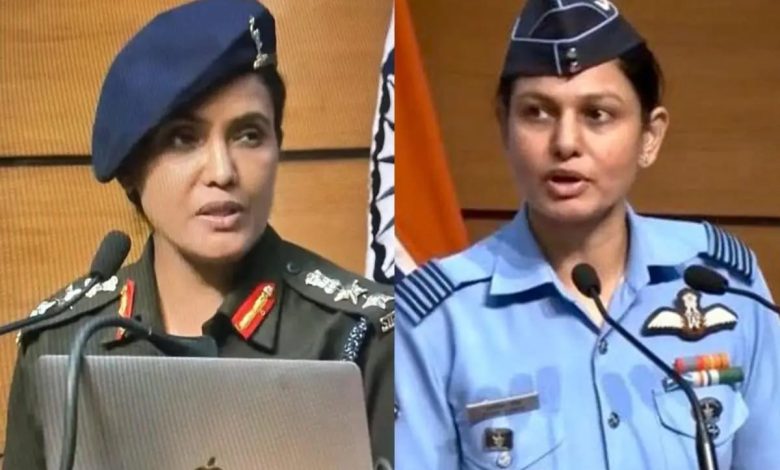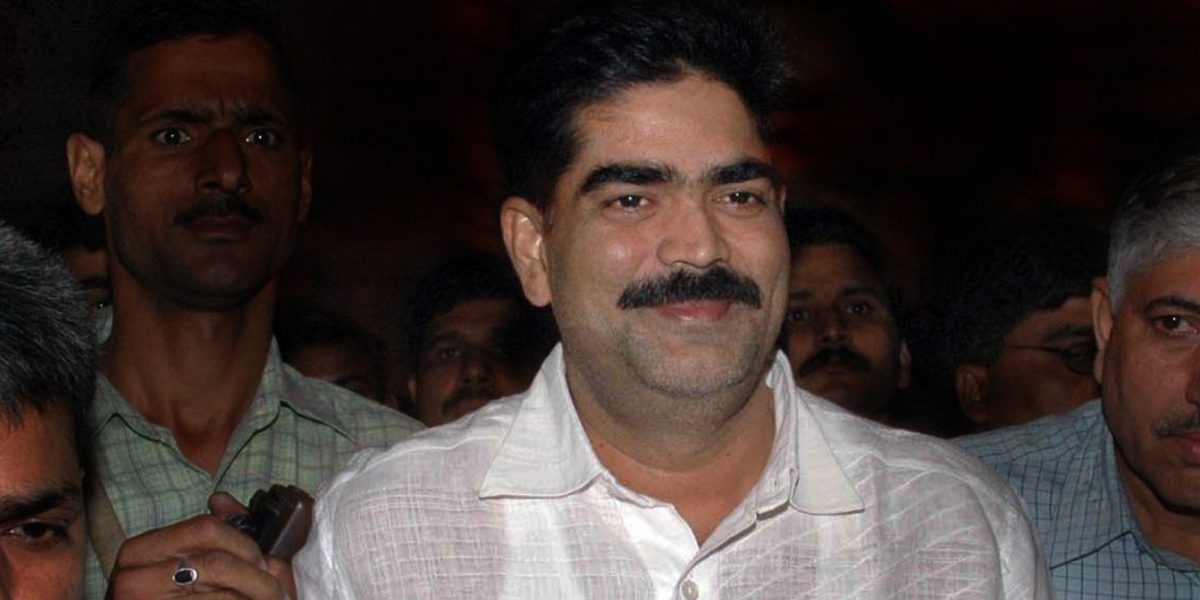
Operation Sindoor: When India Chose Silence No More
In the stillness of the early morning hours on May 7, 2025, the Indian Armed Forces quietly launched one of the most significant and decisive military operations in recent history. It was not a campaign for headlines, nor a reckless show of might. It was a promise kept—to the people of India, to the families who grieved, and to a nation that refused to accept terror as fate. This was Operation Sindoor.
The Wound That Sparked the Fire
Just days earlier, a horrifying act of terror shattered the peace in the scenic town of Pahalgam, Jammu and Kashmir. Twenty-six Hindu pilgrims, unarmed and unsuspecting, were gunned down in a targeted attack. The pain of that day went far beyond numbers. It was a national heartbreak—one that demanded not just condemnation, but a response rooted in justice and resolve.
That response came swiftly. And it came from the sky.
The Operation: Focused, Swift, Relentless
In under 30 minutes, Indian fighter jets—armed with high-precision weapons like HAMMER and SCALP missiles—struck nine terror camps located deep within Pakistan and Pakistan-occupied Jammu and Kashmir. These weren’t random strikes. Every target had been carefully selected based on solid intelligence. These were known operational hubs of groups like Lashkar-e-Taiba, Jaish-e-Mohammed, and Hizbul Mujahideen.
Among the locations hit were Muridke, Bahawalpur, Kotli Abbas, Bhimber, and Mehmoona Joya. Reports later confirmed the deaths of over 70 terrorists, including key figures linked directly to attacks on Indian soil. Some of them were believed to be close aides of Jaish chief Masood Azhar.
The Proof: India Shows the World
In a rare and powerful move, the Indian Army released video footage of the operation. The recordings showed precise hits—structures engulfed in flames, exact coordinates targeted with no room for error. This wasn’t about theatrics. It was about evidence. It was about saying to the world: this is what we d id, this is why we did it, and this is how we ensured civilian lives were spared.
id, this is why we did it, and this is how we ensured civilian lives were spared.
A Calm Voice Amid the Roar: Colonel Sofiya Qureshi
Facing the press was a composed and confident Colonel Sofiya Qureshi. Known for her leadership and trailblazing role in the Indian Army, she gave the operation a human face—a face of clarity, discipline, and integrity.
She stated clearly that the operation did not target military installations or civilian areas. “We acted on credible inputs. The goal was to strike only where terror lived,” she said.
Her words weren’t dramatic. They didn’t need to be. The facts spoke for themselves.
Not Just the Air Force—A Unified Front
While the Air Force carried out the strikes, the mission was far from a solo effort. The Indian Army and Navy played crucial roles in planning, surveillance, and coordination. Operation Sindoor was a display of joint military strength—disciplined, coordinated, and quietly effective.
This wasn’t just about planes and missiles. It was about a system that worked with precision, backed by intelligence and supported by moral clarity.
The World Reacts: Support and Caution
The global community responded swiftly. Nations including the United States, France, and the United Kingdom expressed their support for India’s right to defend itself, while also urging both India and Pakistan to avoid escalation.
The United Nations echoed similar sentiments—condemning terrorism while reminding both countries of the importance of regional stability. But make no mistake: the message was clear. India had acted, and the world was watching.
A Statement That Will Be Remembered
Operation Sindoor wasn’t just a military operation. It was a turning point. It was a moment when India stood up, not in anger, but in purpose. It was a promise fulfilled to those who had lost their lives in Pahalgam, and a signal to those who seek to divide: this nation will not bend to terror.
In its quiet, strategic execution—and in its open release of proof—India showed the power of restraint combined with strength. No chest-thumping. No bluster. Just resolve.








